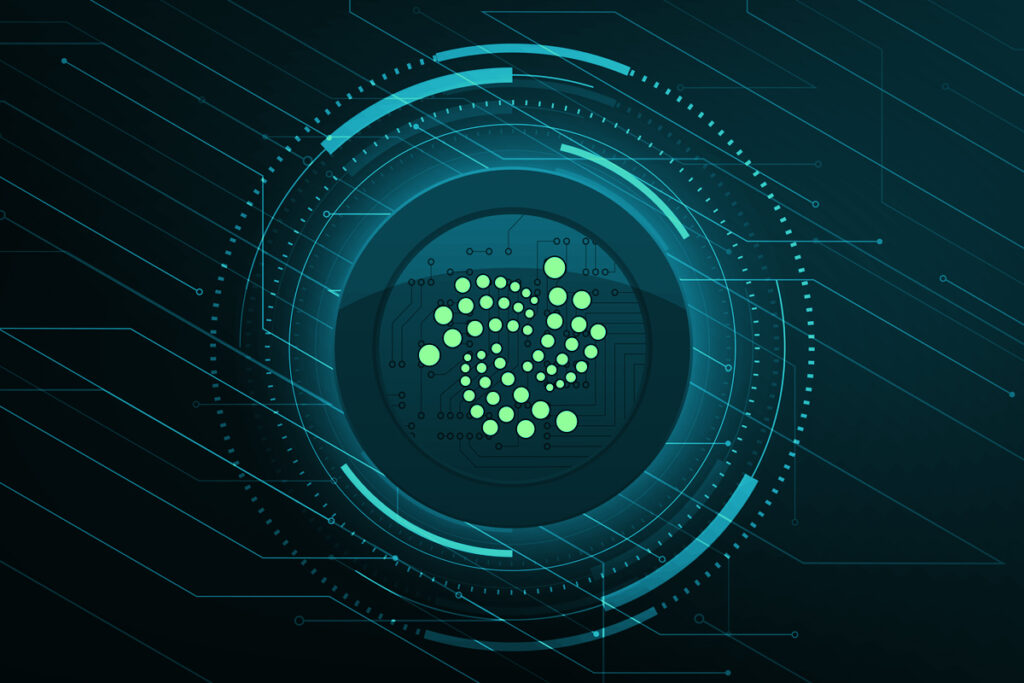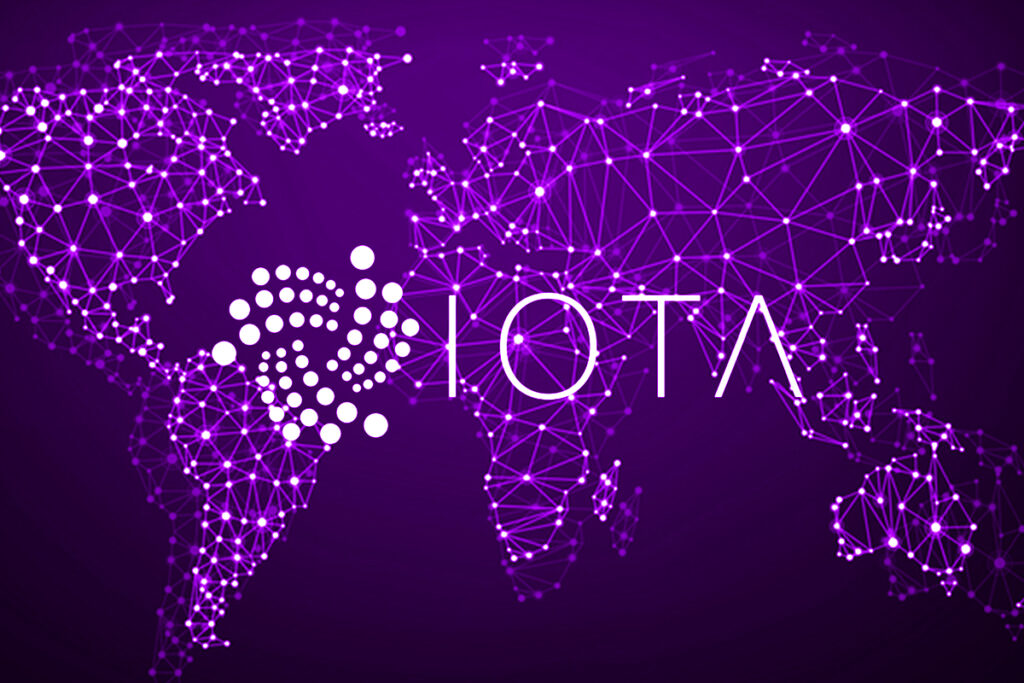IOTA is a cryptocurrency and open-source distributed ledger specifically created for the Internet of Things (IoT). Its ledger stores transactions using a directed acyclic graph, which is driven by the aim of achieving increased scalability compared to distributed ledgers based on blockchain technology.
IOTA Explained: Open Source Distributed Cryptocurrency Designed for IoT

IOTA represents a distributed ledger technology (DLT) that offers numerous advantages. By implementing DLTs effectively, we can maintain control over our private data, execute tamper-proof programs, and engage in asset ownership and trading without intermediaries.
In a DLT, such as IOTA, the ledger’s records, which document token ownership, are maintained among multiple nodes. While this task would be straightforward if all nodes were controlled by a single entity, DLTs require agreement among a collective of independent nodes to establish the ledger’s state.
The presence of malicious nodes joining the network necessitates the implementation of protective measures within any DLT. IOTA sets itself apart from other protocols by employing a unique approach to address these challenges.
Rather than utilizing a traditional blockchain structure like most DLTs, IOTA operates on the Tangle, a system in which newer transactions validate previous ones. In contrast, blockchains secure their state and transaction history by collecting transactions into blocks and chaining these blocks sequentially.
This process creates a natural bottleneck, analogous to loading all the world’s cargo onto a single train wagon by wagon. IOTA circumvents this limitation entirely.
It is important to note that the IOTA protocol is still undergoing research and development. Currently, there are two public networks available: the IOTA mainnet, which serves as a stable network for managing IOTA tokens, and Shimmer, a staging network for testing and implementing the latest protocol updates.
Once changes are proven successful on Shimmer, they are implemented on the mainnet. The upcoming significant update is named Stardust, while the final decentralization effort is referred to as Coordicide.
The Tangle
The Tangle is a replicated data structure distributed among a network of computers, known as “nodes,” which holds all the essential information for tracking token ownership. It functions as a directed acyclic graph (DAG) composed of blocks, where each new block connects to multiple previous blocks.
Presently, IOTA nodes achieve consensus on the state of the ledger by relying on milestone blocks, also known as “milestones.” These milestones are generated by a central node called the Coordinator. However, it’s important to note that the Coordinator serves as a temporary measure and will be phased out as part of IOTA’s ongoing decentralization efforts.
Data Transfer
IOTA provides a unique feature that allows for the free transfer of data. This data transfer is characterized by its speed, immutability, unforgeability, and high level of security, making it a fundamental aspect of IOTA. This particular capability enables a broad range of use cases that other cryptocurrencies are unable to accommodate in the same manner as IOTA.
In IOTA, clients, which can be wallets or applications, engage in the exchange of messages, or data objects, through nodes. Nodes serve as the entry and exit points for these messages, facilitating communication among themselves and with the connected clients.
Within IOTA, various types of messages have been implemented. Some messages involve the transfer of value, such as the IOTA token or digital assets. Other messages exclusively transmit pure data, while certain message types can even incorporate both value and data.
This flexible message structure enables the decentralized transport of data and value within a single message, ensuring the highest level of security and completely eliminating transaction fees. The network nodes assume the responsibility of securely distributing all these messages within the Tangle.

Why Is IOTA Feeless?
The majority of decentralized cryptocurrencies, including popular ones like Bitcoin, Ethereum, and Dogecoin, necessitate the payment of fees by individuals conducting transactions on the network. These fees are not optional additions but rather an integral part of the underlying functioning of these cryptocurrencies.
In contrast, IOTA was specifically designed to eliminate the need for transaction fees. When a transaction occurs in IOTA, the exact amount deducted from the sender’s wallet is equal to the amount added to the recipient’s wallet.
Energy Efficiency
The energy cost per transaction is a crucial metric when evaluating any distributed ledger technology. In the case of IOTA, the network is intentionally built to be lightweight and energy-efficient.

Use Cases of IOTA
Some of the use cases are:
- Data Confidence (example: Project Alvarium)
- Eco-Social Projects (example: ClimateCHECK, EnergieKnip)
- Healtcare (example: SECANT)
- Industry Applications (example: SUSEE, Dig_it)
- Mobility (example: EDAG CityBot, Filancore, MOBI alliance)
- Real Estate (example: PropOps)
- Trade and Supply Chain (example: Zebra, Trademark East Africa)
To access more wiki articles: cryptodataspace.com















Leave a comment